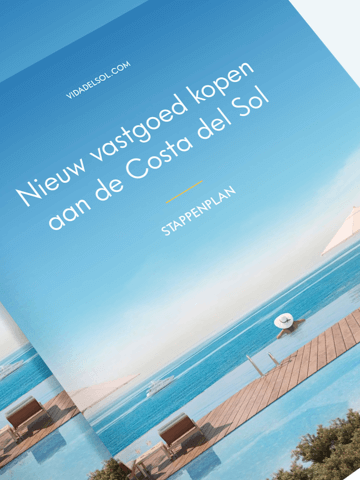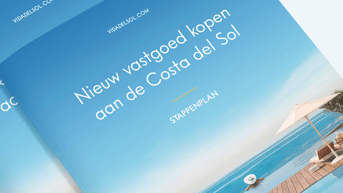Casares
Check our complete listing of properties in Casares
Read More
Read More
Read More
Read More
Read More
Read More
Read More
Read More
Read More
Read More
Read More
Read More
Read More
Read More
Read More
Read More
Read More
Read More
Read More
Read More
Read More
Read More
Read More
Read More
Read More
Read More
Read More
Read More
Read More
Read More
Read More
Read More
Read More
Read More
Casares Travel Guide
Casares, situated on a hill between Ronda Mountains, Costa del Sol and Gibraltar, is one of the most beautiful villages in the province of Málaga. In 1978 the village received the status of historical and art site. Indeed the village looks like a postcard! To say that Casares is beautiful is an understatement.
The ‘pueblo’, as the Spaniards say, is built against a dangerously high wall that abuts an ancient castle. The castle was built by the Arabs who used this rocky landscape for a benefit of their defense system because of its dominating position overlooking the valleys, plains and hills of La Serrania de Ronda, the Bay of Algeciras to the Rock of Gibraltar. On a clear day you will be able to see the African coast and the Rock of Gibraltar beckoning in the foreground.
In addition to the castle there is a number of well preserved stone towers and two gates known as the Arrabal and Villa arches.
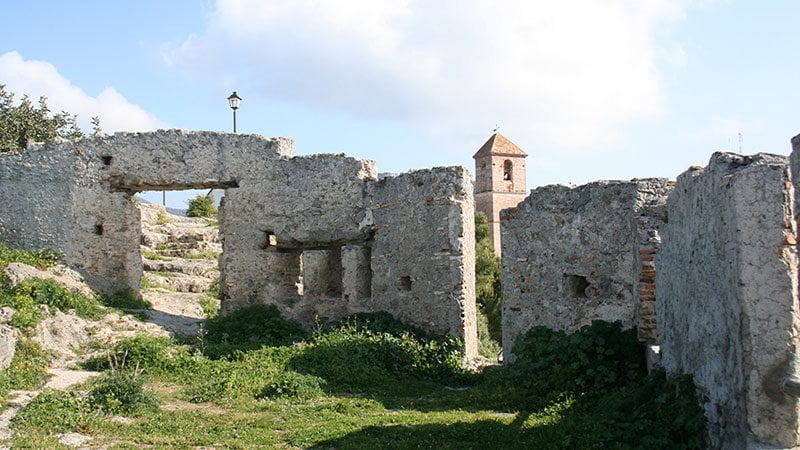
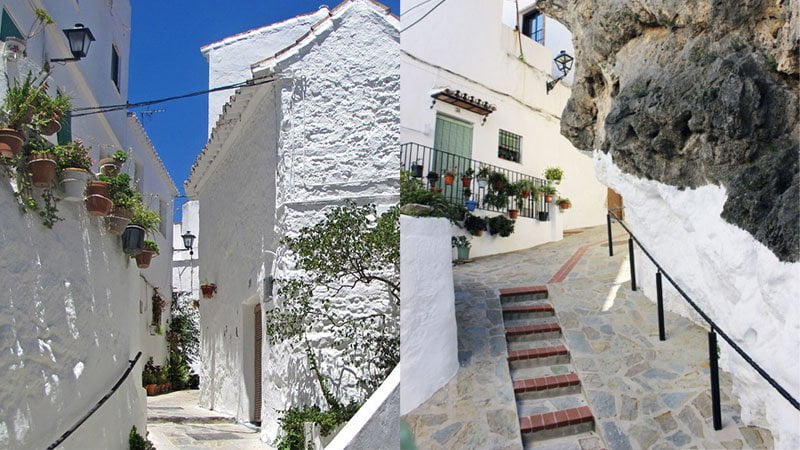
It is pleasant to walk around the village. The old quarter is distinguished by the flat white houses and winding streets. Small but attractive Plaza de España marks the center of the village. There you can find several cozy restaurants and bars where the locals gather every day. In a very close proximity to the Plaza de España there is an old church of San Sebastian.
On the way to Manilva you will find the Roman ‘Baños de la Hedionda’ – natural wellness pool. A hidden gem that was created by the force of nature thousands of years ago. If you are in this area, don’t miss the opportunity to bathe like the Romans did. First you rub the fresh clay onto your skin, let it dry a bit and then wash it off in the river. Allegedly good for the skin! The place is hard to find and there is always a problem with parking, but it is a part of the adventure.
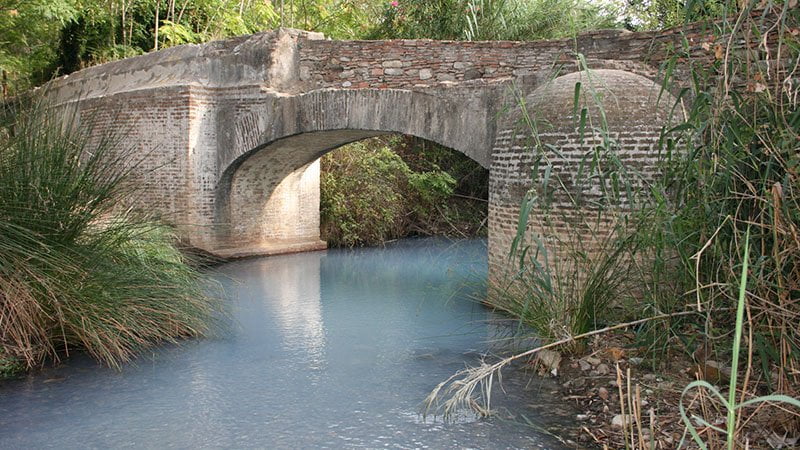
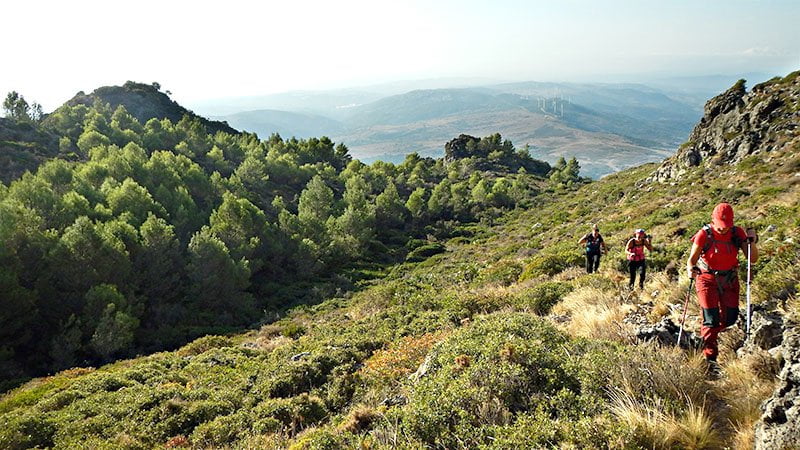
Parque Natural de los Alcornocales
Due to the high humidity in the area and soft climate, there are many forests nearby. Especially the striking cork oak forest that gave the name for the whole area (‘alcornocales’ means cork oak in Spanish). This gigantic natural park of 165.000 hectars is one of the largest cork oak forests in Europe. Its stunning red color is standing out among the green and yellow colors of the surrounding nature. The process of harvesting the cork has remained unchanged since the first commercial harvest in the 1830’s.
It is said there are more than 380.000 oaks in the park. The park itself is a great place for hiking and biking. There are many trails that take you to the beautiful villages and allow you to admire Andalusian flora and fauna. It is a paradise for bird watchers. In spring and autumn you can spot thousands of birds migrating to Africa and returning back: eagles, kites, egrets, vultures, storks, owls and kingfishers.




































